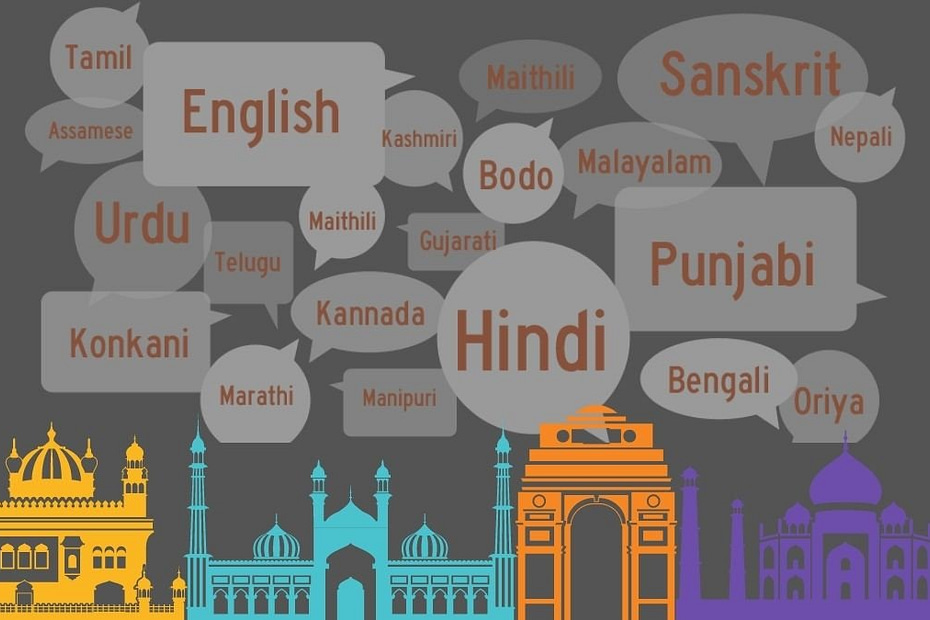Owing to people’s affiliation and comfort for their regional language, the demand for vernacular content marketing is rising.
In the era where content marketing has already gained popularity, you should be primarily aware of what it actually means. Vernacular content marketing is a structured technique to create and disseminate relevant content to the targeted audience in local languages.
Content marketing aims to add value to the audience’s knowledge through infographics, webpages, podcasts, books, etc. Within this expansive view where vernacular content is also gaining popularity, it is important to understand what is vernacular content marketing, which is exciting and challenging at the same time.
Table of Contents
What is Vernacular Content?
The form of content which is in the regional languages, and targets the non-English-speaking people, is vernacular content. The idea is to curate the content for non-English-speaking audiences. Since people from multiple regions are on social media platforms, they prefer to consume the content they already speak in their day-to-day lives. Vernacular content aims to spread the ideas and knowledge in a language which make people feel more connected with the content.
The reason is simple!
People feel affiliated to any platform or brand when they get to interact in their local language. It creates a string of affection, emotion and trust.
A Quick Look at Some Data
You cannot separate vernacular content and your brand’s content marketing strategy. As the socio-economic status line is blurring between the metro, non-metro cities and rural areas, the internet penetration is also increasing.
- According to statista.com, the 77% of the internet users in 2020 were from the lower tiers of India.
- As per BBC, only 10% of the Indian population speaks English.
- According to Financial Express, 90% of internet users in India prefer to consume content in their local language.
- According a report prepared by Kantar, rural India had more active internet users -264 million by May 2020, more than urban India’s 210 million.
- As per Google India, 9 out of 10 new internet users in the country are consuming online content in Indian languages.
The above statistics suggest that vernacular content is going to be the next big thing for everyone in digital marketing.
How Vernacular Content Is the Trend and Future
In India, 90% of internet users prefer to use their local language to search and carry out tasks online. The central role of digital marketing is to reach the targeted audience, and it would be much more accessible through regional languages. This opens up an opportunity for digital marketers who have sound knowledge of vernacular languages.
In today’s world, where cross-border brands enter newer territories, digital marketing needs more than just a single language.
For instance, in a country like India, where there are more than 120 dialects, brands focusing on English as the medium of communication won’t generate a sturdy return on investment. Not that English doesn’t work, it is just that a significant chunk of the targeted audience find it increasingly challenging to resonate with.

Non-metros are catching up quickly with metros when it comes to internet usage in India. The three key pillars of voice, vernacular, and video are getting stronger, and consumers are searching in their preferred languages more than ever before. In almost every vertical, search query growth rates are far higher in non-metros. And while Hindi is still the dominant language, Tamil, Marathi, and Bengali are quickly gaining prominence online. (Source: thinkwithgoogle)
To maximize their reach, many digital marketers have already caught the trend of using vernacular content in their content marketing strategy. The language is the future of the internet and content strategists realize this. People prefer to choose the video in their own local language.
With each passing minute, the number of people spending their time online is increasing. As per Business Insider, Indian users watch online videos for almost an average of 67 minutes per day and 37% of tech users come from rural geographies of India.
“I don’t know the rules of grammar… If you’re trying to persuade people to do something, or buy something, it seems to me you should use their language, the language they use every day, the language in which they think. We try to write in the vernacular.“
David Ogilvy
Vernacular Content Should Have Grip on the Overall Culture
Vernacular content marketing for businesses will never be just about translating the content from one language to the other. If someone just translates through a translator, this will not work in the context of digital marketing.
The whole narrative should be creative enough to bring out the essence of any local language. To develop a vernacular content base, the brands need to come up with a robust strategy.
As a brand, you would need to invest in creative resources to understand the culture and vibe of a particular region. Think from a broader perspective to weave the tone, culture and language to strike the right chord.
The context needs to match with the vernacular content which you are choosing. To produce such digital content, you need to understand things from a fresh perspective and blend them with your brand.
How Brands Are Already Reaping Benefits through Vernacular Content?
Let us look at how Flipkart is leveraging the power of vernacular content to reach the audience. Flipkart focuses on 3V’s–Vernacular, Video and Voice.
Jeyandran Venugopal, the CEO of Flipkart says that over 1.5 million users visit Flipkart using vernacular content. He also shares that 18% of the new users onboard by using vernacular content. The user stickiness of those who choose vernacular interface is 95%, which indicates that users can navigate correctly on the app.
Google has already enabled voice search in eight languages. Facebook has also started distributing the content in the vernacular medium. Before TikTok was banned, it was a big hit in Tier 2 and Tier 3 cities. Now platforms like MX TakaTak, Moj, Instagram Reels, and Youtube Shorts have taken over the majority of the Indian audience.
InShorts, a news app, is quite popular because of its targeted focus on the audience and easy navigation. A key takeaway from the InShorts app- people want things that come to their way hassle-free, especially for using technology.
Our Suggestion : “As a brand, if you choose to enter non-metro cities in rural areas through an app, it needs to be simple, fast loading and made for the locals.”
Non-Metro Cities and Rural Areas Will Be the Right Target
The metro cities have already got saturated with users. Now it is the turn of people from the rural segment for whom connectivity seems lucrative. People in tier 2, tier 3 cities and rural areas still lack information which people in metro cities already have. The digital marketers should not ignore the fantastic opportunity of tapping this segment through the vernacular interface.
Vernacular Content Marketing Relies On Audio Content
For vernacular content marketing, it would be foolish to ignore the importance of audio content. The audio content will be pretty beneficial to tap the semi-literate segment. Those people who are not keen on reading, can always listen to audio content.
The brands can also leverage the vernacular audio content to grow faster. With the benefit of low-cost mobile data, people are already consuming a lot of audio content which caters to different languages. This trend has been rising meteorically since March 2020, with new apps like Pratilipi FM, Khabri, and KukuFM becoming the hottest vernacular apps.
Summary
The idea is to break the barriers and come out of the monochromatic hue. The brands will have to customize their communication and content strategy to become a part of different regions.
Before this, they need to analyze which area they want to enter and why. The brand needs to get involved in the intricacies of the vibes of culture, which will show them the way to create impeccable vernacular content strategies.
Need mind-blowing content for your brand?
Drop us an email or a quick message.

